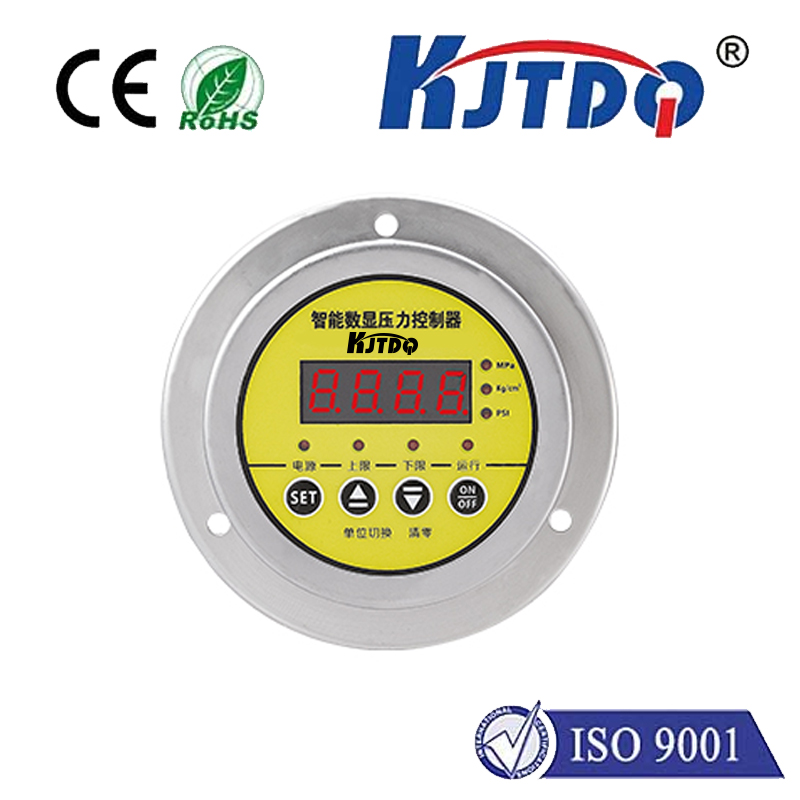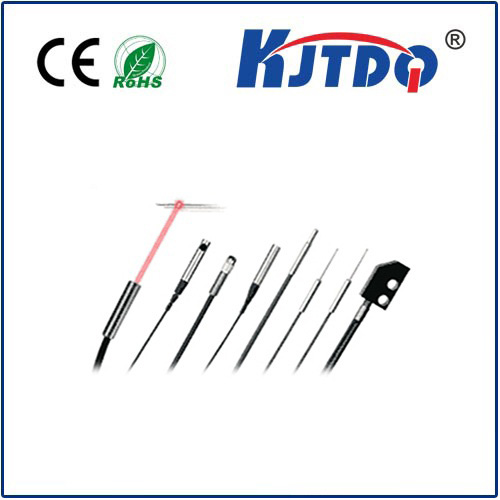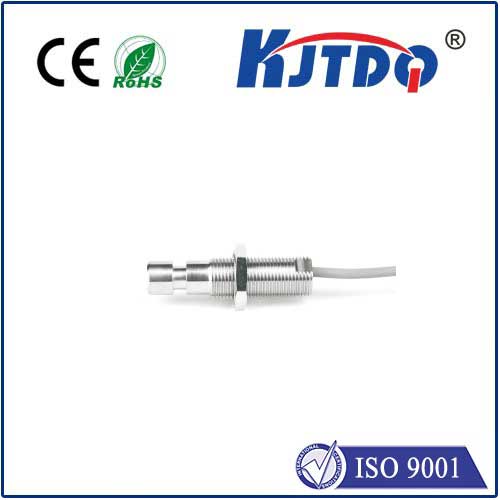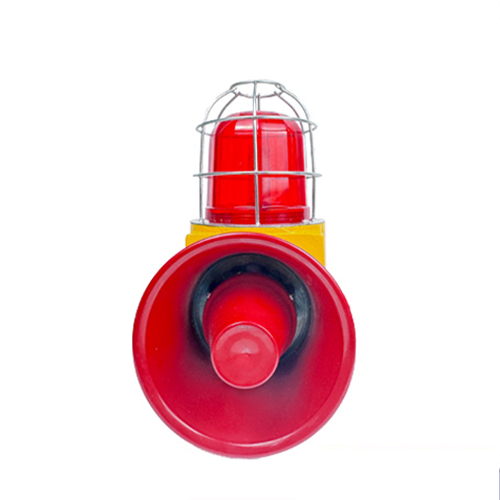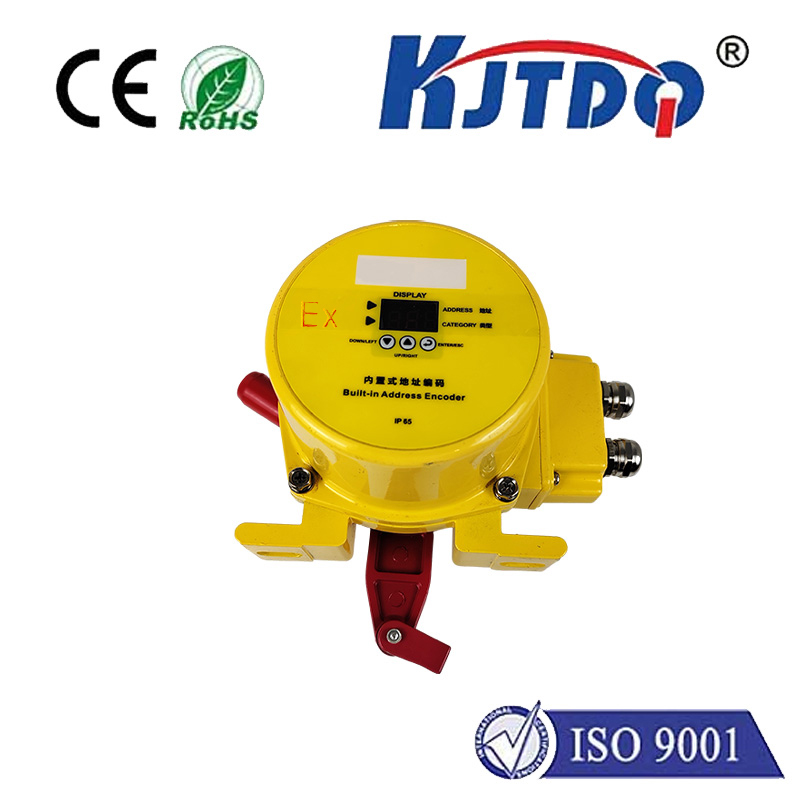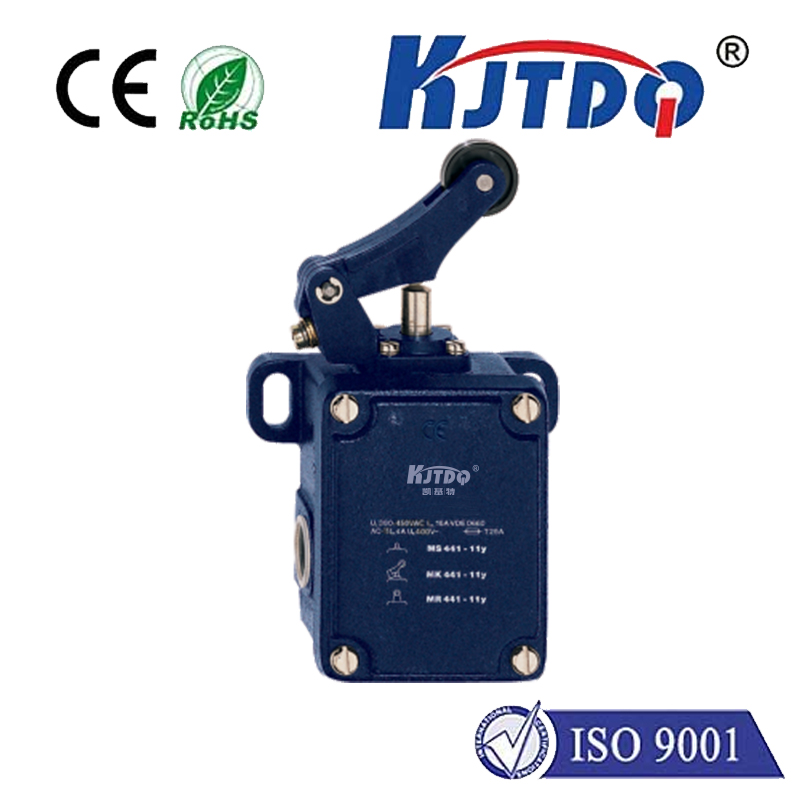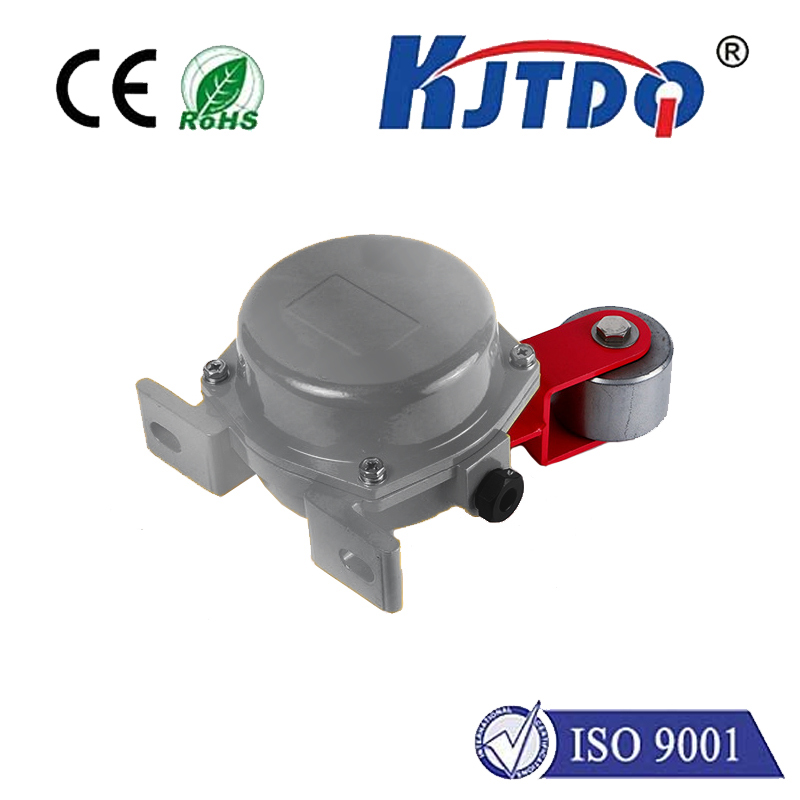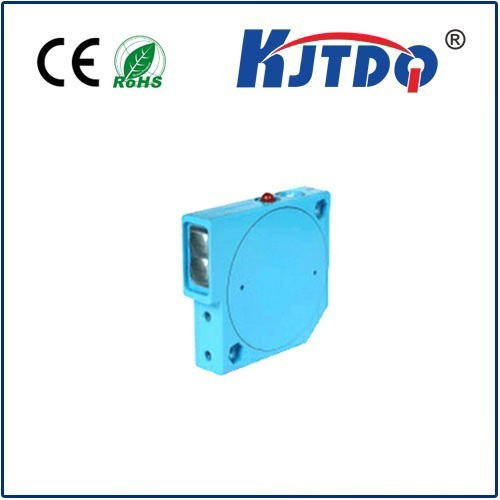radial vibration probe proximity sensor
- time:2025-06-27 00:46:06
- Click:0
The Dual-Purpose Guardian: How Radial Vibration Probe Proximity Sensors Protect Critical Machinery
Imagine a massive turbine spinning at thousands of revolutions per minute deep within a power plant. Unseen forces act upon its shaft – minute bends, imbalances, or bearing wear. Without precise monitoring, these seemingly tiny anomalies can cascade into catastrophic failure, costing millions in downtime and repairs. This is where the often-unsung hero, the radial vibration probe proximity sensor, steps into the critical role of machinery guardian. More than just a simple sensor, it’s an indispensable tool for predictive maintenance and operational safety.
Demystifying the Sensor: Form and Function
A radial vibration probe proximity sensor is typically an eddy-current displacement sensor specifically designed for monitoring rotating shafts. Its name precisely describes its dual capabilities:
- Proximity Measurement: It measures the distance (or gap) between the probe tip and the shaft’s surface. This is crucial for detecting shaft position relative to bearings (e.g., thrust position) or ensuring proper clearance settings.
- Radial Vibration Measurement: By continuously tracking high-frequency changes in the distance to the shaft surface as it rotates, the sensor captures the shaft’s radial vibration – its side-to-side movement perpendicular to the axis of rotation. This reveals imbalances, misalignment, bearing defects, and other mechanical issues.
Core Technology: Eddy Currents at Work
The magic lies in electromagnetic principles. The probe tip contains a coil energized by a high-frequency alternating current from an oscillator-demodulator module. This generates a magnetic field. When brought near a conductive shaft (typically steel), eddy currents are induced in the shaft surface. These currents create their own opposing magnetic field, which affects the impedance of the probe’s coil. The distance between the probe and the shaft directly determines the strength of this interaction.

As the shaft moves radially (vibrates) or changes its average position relative to the probe (proximity), the gap fluctuates. The sensor’s electronics meticulously track these minute changes in coil impedance, converting them into highly accurate voltage signals representing both:
- DC Voltage (or Low-Frequency): Represents the average gap or proximity (e.g., shaft position).
- AC Voltage (High-Frequency): Represents the dynamic motion – the radial vibration of the shaft.
Why Choose a Radial Vibration Probe Proximity Sensor?
This integrated sensor offers distinct advantages over using separate devices:
- Comprehensive Monitoring: Provides two vital parameters – position and vibration – simultaneously from a single mounting point. This offers a more complete picture of shaft behavior.
- Non-Contact Operation: Physical contact with the rotating shaft is eliminated, meaning no wear, no friction losses, and no risk of sensor damage from high speeds. It measures through small air gaps or even non-conductive coatings.
- High Resolution and Bandwidth: Capable of detecting extremely small displacements (microns) and capturing very high-frequency vibration events, essential for early fault detection.
- Robustness: Designed for harsh industrial environments, often featuring stainless steel housings and high-temperature cabling.
- Foundation for Predictive Maintenance: Continuous monitoring of both vibration trends and shaft position shifts provides the earliest possible warnings of developing issues like bearing wear, imbalance, misalignment, oil whip, or rubs, enabling planned interventions before failure.
- Safety Critical: Monitoring shaft position (e.g., axial thrust) can prevent disastrous contact between rotating and stationary components.
Where They Are Essential: Key Applications
Radial vibration probe proximity sensors are the backbone of condition monitoring in countless critical rotating assets:
- Steam & Gas Turbines: Monitoring main shaft vibration and position relative to bearings.
- Large Motors & Generators: Detecting bearing wear, rotor imbalance, and eccentricity.
- Compressors (Centrifugal & Axial): Crucial for vibration analysis and thrust position monitoring.
- Pumps (High-Pressure/High-Speed): Identifying cavitation, imbalance, misalignment, and bearing issues.
- Gearboxes: Monitoring shaft vibration to detect gear mesh problems or bearing defects.
- Paper Mills & Rolling Mills: Protecting large, expensive rollers and drives.
- Any High-Speed or Critical Rotating Machinery: Where unplanned downtime is prohibitively expensive or safety-critical.
Installation and Usage: Getting it Right
The effectiveness of a radial vibration probe proximity sensor hinges heavily on correct installation:
- Mounting Rigidity: The probe must be securely mounted in a rigid fixture (bracket) to ensure it doesn’t vibrate itself. Any probe movement introduces false signals.
- Gap Setting: The average gap between the probe tip and the shaft target must be precisely set within the sensor’s linear range using calibration shims or adjusters. This DC gap voltage (GAP Voltage) is a critical setup parameter.
- Target Area: The shaft area observed by the probe must be smooth, concentric, electromagnetically consistent (free of cracks, holes, or material variations), and significantly larger than the probe tip diameter.
- Cabling: High-quality, shielded coaxial cable specifically designed for eddy current probes is mandatory. Cable length can affect calibration, so matching the cable specified for the oscillator-demodulator is crucial.
- Oscillator-Demodulator: This companion electronic module powers the probe and processes the complex impedance signal, outputting the calibrated DC (gap) and AC (vibration) signals to monitoring systems, PLCs, or DCS.
Key Specifications to Consider
When selecting a radial vibration probe proximity sensor system, engineers focus on:
- Measurement Range: The linear distance over which the probe provides accurate measurements (e.g., 0.5mm to 2.0mm).
- Sensitivity: Usually expressed in mV/µm (millivolts per micron) – how much the output voltage changes per unit of distance change.
- Frequency Response: The range of vibration frequencies the system can accurately measure (e.g., DC to 10 kHz or higher). This must cover the expected machinery frequencies.
- Temperature Rating: Both probe and cable must withstand the operating ambient and surface temperatures near the shaft.
- Target Material: Performance is optimized for specific conductive materials like steel; non-conductive targets require special considerations or different sensor types.
- Output Signals: Standard DC (Gap) and AC (Vibration) voltages (e.g., -10V to -2V DC for gap, 0-20V pk-pk AC for vibration) compatible with monitoring systems.
- Environmental Protection: IP ratings indicating resistance to dust and moisture are vital for industrial reliability.
In the relentless pursuit of machinery health and operational efficiency, the radial vibration probe proximity sensor stands as a fundamental pillar. By delivering precise, simultaneous measurements of shaft position and radial vibration from a single, non-intrusive point, it provides the essential data needed to shift from reactive breakdown maintenance to proactive, cost-saving predictive strategies. The insights gleaned from these proximity sensor systems empower engineers to diagnose issues early, optimize performance, extend equipment lifespan significantly, and ensure the safe, continuous operation of the world’s most vital rotating assets. From the heart of power generation to the core of manufacturing processes, this sophisticated monitoring technology plays a critical role in keeping industry turning smoothly.






